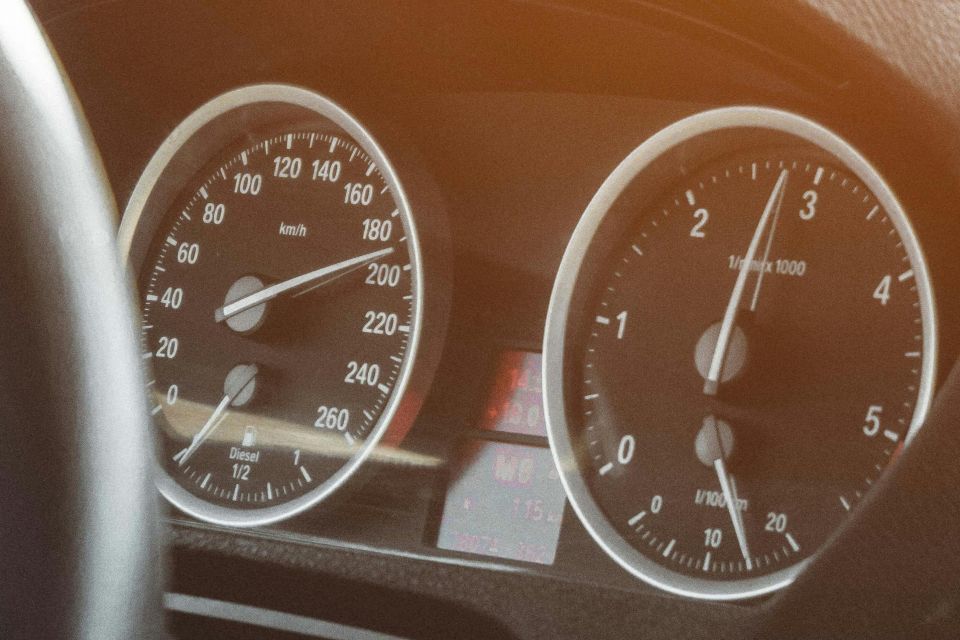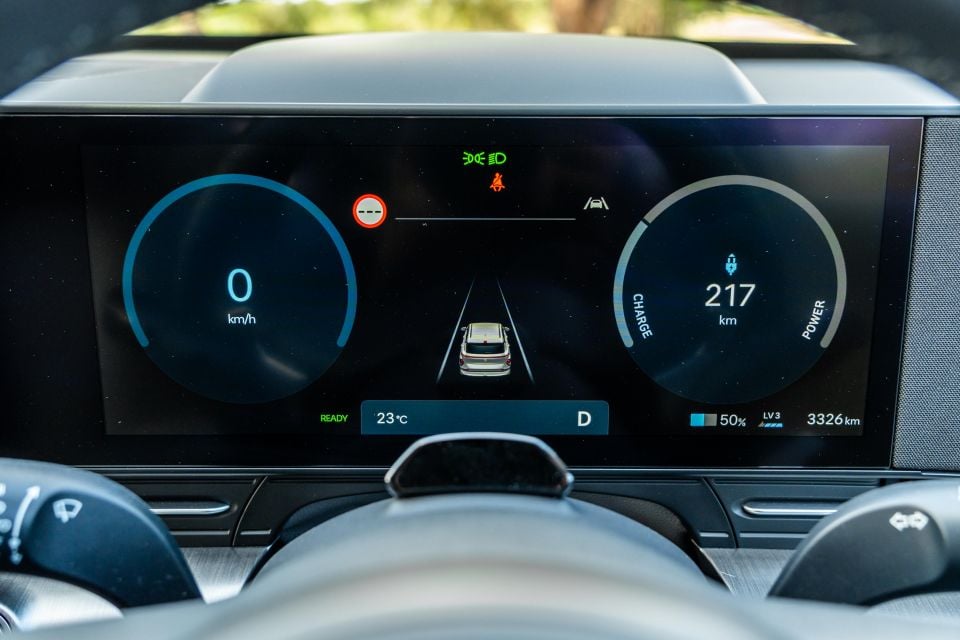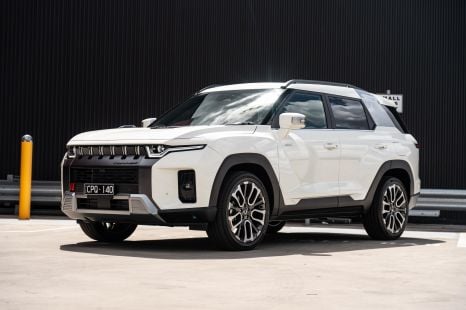

Andrew Maclean
4 Days Ago
From July 7, all new cars sold in Europe and the UK will warn their drivers if they exceed the speed limit, with some systems even cutting power.

Contributor


Contributor
Don’t think you’ll be able to speed in a new car in Europe without being warned to knock it off.
All new cars sold in Europe and the UK from July 7, 2024 are required to be fitted with speed limiters to warn drivers they’re exceeding the speed limit or even prevent them from doing so, the first time such technology has been made mandatory globally.
This includes vehicles that don’t find buyers by July 7, meaning any vehicles without the tech will need to have it retrofitted beyond this date before they can be sold.
Billed as a crucial way to reduce road fatalities, intelligent speed assistance (ISA) systems use GPS and traffic sign data to send the posted speed limit of the road a car is travelling on to its dashboard.

There are four different levels of feedback which carmakers can choose to implement in their vehicles for the ISA system. These are:
One or more of these is required to meet the new regulation, and the ISA system will warn the driver once the posted speed limit has been detected as being exceeded by three per cent.
While there have been ISA systems fitted to many cars in Europe and the UK in recent years, having been a requirement in newly introduced models from July 2022, the technology is now mandatory for all vehicles sold there.
Though the ISA tech is designed to prevent speeding, it can’t outright stop drivers from exceeding the limit, as vehicles which feature a speed control function can have it overridden by pressing the throttle harder.
Drivers can also switch off the system after they start their car, though it’ll default to on each time they shut the vehicle down.

The Australian Government said back in 2019 that it was looking to introduce a requirement for ISAs in locally delivered new cars, though there are no Australian Design Rules (ADR) relevant to the safety system as yet.
A growing number of cars sold in Australia include speed limit warnings, however many of these systems rely on speed sign recognition rather than GPS data.
These passive systems have also been criticised for being too sensitive, picking up signs on the back of buses and producing warnings while going through school zones at times when lower limits are not in effect.
Elsewhere in the world, California has heard proposals for ISAs to be introduced, albeit to a far more lenient trigger of 10mph (16km/h) above the speed limit.
MORE: Europe mandates cars that tell you when you’re speeding MORE: California wants to be more like Europe with annoying speed warnings
Born and raised in Canberra, Jordan has worked as a full-time automotive journalist since 2021, being one of the most-published automotive news writers in Australia before joining CarExpert in 2024.


Andrew Maclean
4 Days Ago


Max Davies
4 Days Ago


Matt Campbell
3 Days Ago


Max Davies
2 Days Ago


Josh Nevett
17 Hours Ago


Damion Smy
13 Hours Ago